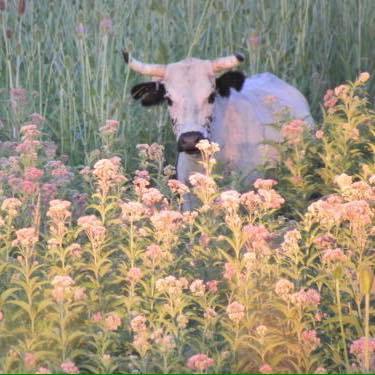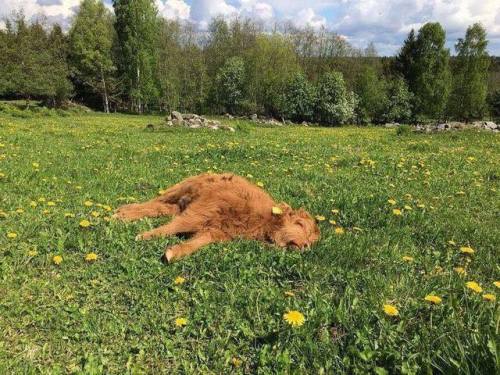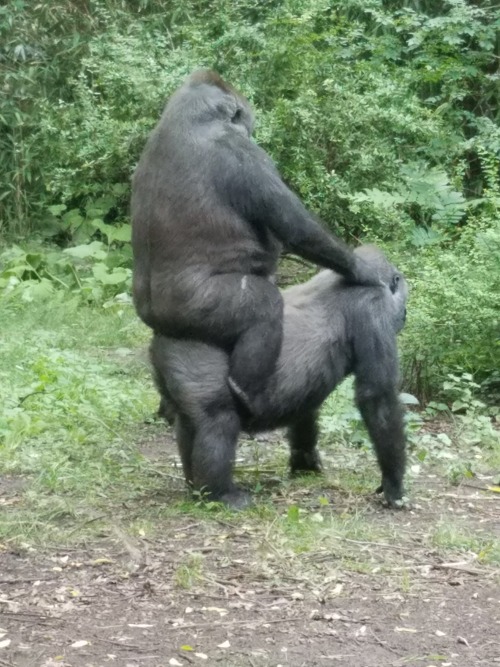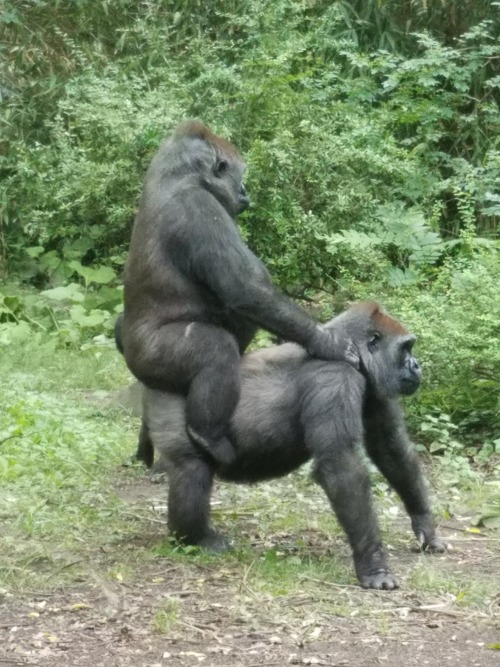Every Time I Start Thinking About Lepidodendrons I Always End Up Thinking About What It Would Be Like
every time I start thinking about lepidodendrons I always end up thinking about what it would be like to Jurassic Park one back to life and settle the 10099880 questions about how they existed once and for all
More Posts from Linruuu and Others
every year around christmas me and my grandma play this fun family game called “maybe you want to put jesus in your room instead, sweetie? :)”. now, it’s important to note that the jesus referred to in our game is not actually the real jesus christ, but instead a wooden figure i made in 2011 that has an uncanny resemblance to the lord and savior himself
so what happens is that i place jesus in our living room, and my grandma smiles and asks me if i don’t want to decorate my room with him instead. i ask her in return if she thinks my jesus figure is ugly (which he is), but she reassures me that this is not the case. however, a couple of days later jesus mysteriously disappears from our living room, and appear in my room instead
now, the real jesus christ might have been able to perform a miracle like this, but please remember that the jesus in our story is only a figure made out of wood. he can not move on his own, so i think we can safely say that my grandma is the prime suspect here
the first year i would often confront my grandma about this, but she would always make up an excuse and never straight up tell me she moved him because he’s so ugly it’s an embarrassment to the family
eventually i grew tired of her lies, so now we only move jesus around in silence. one second he’s in the living room, the next he’s back in my room. in a way i think this adds an extra element of excitement to the holiday season, because you never know for sure when jesus is going to be moved again
undisclosed moodboard









The best thing about working from home
(via)






My only goal in life is to reach this level of peace
w. wait. hold on a second. are. sharks whales????????
Nope! Sharks and whales are VEEERY different. They haven’t shared an ancestor since... well.... since the devonian, I suppose. That was over 450 million years ago!
See, it’s...

Oh, bother. Alright, fine, I’ll do an infographic. It’ll be easier to explain, because there’s a lot of stuff to digest.
Let’s go back in time to.... THE CAMBRIAN!!




Disclaimer: I made this in like an hour while slapping together what I knew about these two animals and decorating it with cute images. It isn’t totally accurate, and I’m simplifying a lot for ease of reading. Please don’t eat me, I’m not a bio major!
Transcript below the cut!
[Transcript start: The image is a simple-looking infographic with a green background and chalk-like white lined drawings of various fish.
The Cambrian Explosion, which took place about 541 million years ago, featured a whole bunch of neat stuff crawling around. This included things like:
Opabinia - a shrimp-like organism with lots of side-fins and a tuby-like appendage which it used to scoop things into its mouth
Trilobites - the ancestor of arthropods, which we consider ‘bugs’ these days.
Dickinsonia - an organism which looks a lot like a leaf, with a middle section and ray-like parts coming out of it and forming most of its body.
Andsome of the first fishes - the jawless fish, who were our earliest ancestors. The jawless fish resemble lamprey eels - things which don’t have a moving jaw bone.
During the Devonian period (approximately 490 million years ago), the fish line evolved jaws, which was great for them, because they could now smile winningly. (And eat stuff better.) This was the last common ancestor shared between sharks and whales.
The jawed fish evolved into two groups - one was the cartilaginous fish (or fish which have no bones, only cartilage, except for their teeth) - and the other was bony fish, which had a skeleton. These body fish were technically whale ancestors - because the group eventually evolved the species which first came up on land. These were creatures similar to lungfish, who were able to process oxygen out of water and could move themselves through mud using their flippers.
Meanwhile, the shark ancestors continued their lineage in the oceans and evolved into many more funky shapes, including rays (like stingrays) and skates.
As for the fish on land - they were the ancestors to what we know today as the tetrapods - the things which eventually became the amphibians, lizards, dinosaurs... and mammals!
One of these mammals was the whale ancestor, which looked quite similar to what we think of as a regular land animal - it had four limbs, and a body plan not dissimilar to dogs, cats, etc. Although it could walk on land, it decided to make an evolutionary U-turn and go back into the water again.
They evolved to be optimized for swimming, and eventually lost their hind limbs. They still needed to breathe air, though, and they are still considered mammals, because they birth and nurse their young!
This begs the question: If sharks and whales aren’t related to each other that much, why do they look so similar?
That’s a great question! That’s because of something we call Convergent Evolution.
It turns out some shapes just work really well when you’re trying to swim in water. Having fins, flippers, and being fish-shaped just gives you advantage, so many water dwelling creatures end up evolving similar bodyplans - like whales and sharks did.
There’s still a reliable way to tell the two apart, though. Check their tails! See if you can tell the difference.]
Me as a demon
The way those wings move!
‘Green gold’ tree offers Brazil deforestation hope

Trees that help keep soils fertile could slow or stop deforestation in Brazil’s “arc of destruction”.
A project using inga trees hopes to show smallholders that they can earn a decent living from the land.
“It’s very much a kind of ‘miracle tree’ or a super tree because some of the species can do some amazing things,” said Toby Pennington, professor of tropical plant diversity and biogeography at the University of Exeter, UK.
“They can grow really fast on very, very poor soils, even soils where a rainforest has been cut down and have become very degraded.”
The trees (there are more than 300 species) are in the legume family and that means they can fix atmospheric nitrogen into the soil.
“More than that, these species have fruits that are edible and often have local markets right across Latin America.”
The trees can also be coppiced, providing wood fuel, and the leaves are a good source of forage for cattle.
As the tree was common and found throughout the Amazon Basin it was deemed to be a miracle tree or super tree by projects trying to stem the relentless deforestation in the region.
Continue reading.
What is your favorite animal tidbit about the denizens of Lake Baikal?
actually my favorite thing about Baikal is the lake itself!
viewed from above, it looks like nothing particularly special. sure, it’s a big lake, but it doesn’t have the surface area of the Great Lakes or the Caspian Sea, right?

WRONG!
BOOM.

see, Lake Baikal really isn’t a lake at all, it’s a deep rent in the earth’s crust called a Rift Valley that just happened to get water in it. and the Baikal rift is one of the deepest and narrowest on earth, making this deceptively placid lake slightly over a MILE deep! that’s bonkers nutso.
like, you think the OCEAN is bad, just imagine being in a little fishing boat on this thing without realizing just how far away the bottom is....



I need everyone to witness what i witnessed at the zoo today
-
 brightisthedawn liked this · 3 weeks ago
brightisthedawn liked this · 3 weeks ago -
 weekendrunner liked this · 3 months ago
weekendrunner liked this · 3 months ago -
 noises-of-panic reblogged this · 3 months ago
noises-of-panic reblogged this · 3 months ago -
 machudson liked this · 2 years ago
machudson liked this · 2 years ago -
 alethiometer-arch reblogged this · 2 years ago
alethiometer-arch reblogged this · 2 years ago -
 domesticated-slut reblogged this · 2 years ago
domesticated-slut reblogged this · 2 years ago -
 gardenoffeathers liked this · 3 years ago
gardenoffeathers liked this · 3 years ago -
 justanotherloserwithoutfriends liked this · 4 years ago
justanotherloserwithoutfriends liked this · 4 years ago -
 four8844 liked this · 4 years ago
four8844 liked this · 4 years ago -
 particularemphasis reblogged this · 4 years ago
particularemphasis reblogged this · 4 years ago -
 thennoonewillbe liked this · 4 years ago
thennoonewillbe liked this · 4 years ago -
 spaghettisaurusrex liked this · 4 years ago
spaghettisaurusrex liked this · 4 years ago -
 wanderingfigherwriterforhire liked this · 4 years ago
wanderingfigherwriterforhire liked this · 4 years ago -
 burgundybooks reblogged this · 4 years ago
burgundybooks reblogged this · 4 years ago -
 catgirlchestfluff liked this · 4 years ago
catgirlchestfluff liked this · 4 years ago -
 dragonatthedinnertable reblogged this · 4 years ago
dragonatthedinnertable reblogged this · 4 years ago -
 oursidae reblogged this · 4 years ago
oursidae reblogged this · 4 years ago -
 oursidae liked this · 4 years ago
oursidae liked this · 4 years ago -
 particularemphasis reblogged this · 4 years ago
particularemphasis reblogged this · 4 years ago -
 mymomsareallygoodfriendtome reblogged this · 4 years ago
mymomsareallygoodfriendtome reblogged this · 4 years ago -
 darkumbreon9 reblogged this · 4 years ago
darkumbreon9 reblogged this · 4 years ago -
 darkumbreon9 liked this · 4 years ago
darkumbreon9 liked this · 4 years ago -
 jimmybuffetjuice liked this · 4 years ago
jimmybuffetjuice liked this · 4 years ago -
 fatehbaz liked this · 4 years ago
fatehbaz liked this · 4 years ago -
 eyebrowgrease liked this · 4 years ago
eyebrowgrease liked this · 4 years ago -
 rats2 liked this · 4 years ago
rats2 liked this · 4 years ago -
 trust-me-i-just-get-weirder reblogged this · 4 years ago
trust-me-i-just-get-weirder reblogged this · 4 years ago -
 trust-me-i-just-get-weirder liked this · 4 years ago
trust-me-i-just-get-weirder liked this · 4 years ago -
 if-i-was-a-wyrm reblogged this · 4 years ago
if-i-was-a-wyrm reblogged this · 4 years ago -
 if-i-was-a-wyrm liked this · 4 years ago
if-i-was-a-wyrm liked this · 4 years ago -
 forebod-ing reblogged this · 4 years ago
forebod-ing reblogged this · 4 years ago -
 merelymayhem liked this · 4 years ago
merelymayhem liked this · 4 years ago -
 catgirltoes reblogged this · 4 years ago
catgirltoes reblogged this · 4 years ago -
 softlimepie reblogged this · 4 years ago
softlimepie reblogged this · 4 years ago -
 softlimepie liked this · 4 years ago
softlimepie liked this · 4 years ago -
 landofmazesandinsight liked this · 4 years ago
landofmazesandinsight liked this · 4 years ago -
 soulweaverspirit reblogged this · 4 years ago
soulweaverspirit reblogged this · 4 years ago -
 soulweaverspirit liked this · 4 years ago
soulweaverspirit liked this · 4 years ago -
 owoesbian reblogged this · 4 years ago
owoesbian reblogged this · 4 years ago -
 owoesbian liked this · 4 years ago
owoesbian liked this · 4 years ago -
 misogynistcatgirl reblogged this · 4 years ago
misogynistcatgirl reblogged this · 4 years ago -
 misogynistcatgirl liked this · 4 years ago
misogynistcatgirl liked this · 4 years ago -
 bluebandedagate-reblogs reblogged this · 4 years ago
bluebandedagate-reblogs reblogged this · 4 years ago -
 the-duke-of-nuts liked this · 4 years ago
the-duke-of-nuts liked this · 4 years ago -
 winterrose42 reblogged this · 4 years ago
winterrose42 reblogged this · 4 years ago -
 ledantome liked this · 4 years ago
ledantome liked this · 4 years ago -
 dell-ta liked this · 4 years ago
dell-ta liked this · 4 years ago -
 ent-is-undecisive reblogged this · 4 years ago
ent-is-undecisive reblogged this · 4 years ago -
 ent-is-undecisive liked this · 4 years ago
ent-is-undecisive liked this · 4 years ago
